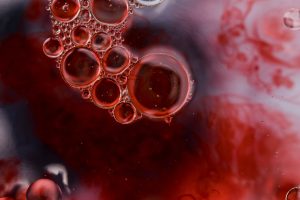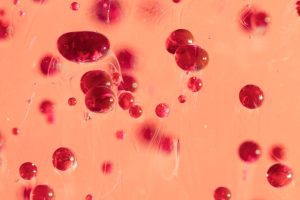Smoking has detrimental effects on the cardiovascular system, as it introduces harmful chemicals into the bloodstream. Nicotine constricts blood vessels, raising blood pressure and heart rate. Additionally, the chemicals in tobacco damage the artery walls, fostering the accumulation of plaque, a significant factor in coronary artery disease.
Smoking, a widespread habit with profound health implications, exerts a deleterious impact on the intricate network of blood vessels throughout the human body. The effects of smoking on blood vessels are far-reaching and contribute significantly to the development and progression of cardiovascular diseases. Nicotine, the addictive component of tobacco, is a central player in this intricate relationship.

Nicotine, when introduced into the bloodstream through smoking, initiates a chain of events that adversely affects blood vessels. One of its primary actions is the stimulation of the release of adrenaline, a hormone that triggers the “fight or flight” response. Adrenaline, in turn, causes blood vessels to constrict, leading to an immediate increase in blood pressure and heart rate. This acute response, while temporary, sets the stage for chronic vascular damage.
The continuous exposure to the toxic substances present in cigarette smoke takes a toll on the endothelium, the delicate inner lining of blood vessels. The endothelium plays a crucial role in maintaining vascular health by regulating blood flow, preventing clot formation, and promoting vasodilation. Smoking disrupts this delicate balance, impairing endothelial function and paving the way for atherosclerosis—the build-up of fatty deposits on arterial walls.
Atherosclerosis, a hallmark of cardiovascular disease, progresses more rapidly in smokers. The chemicals in tobacco smoke not only damage the endothelium but also contribute to the oxidation of LDL (low-density lipoprotein) cholesterol, making it more prone to deposit within the arterial walls. The accumulation of these plaques narrows the arteries, compromising blood flow and increasing the risk of heart attacks and strokes.
Smoking-induced vascular damage extends beyond atherosclerosis. It promotes inflammation within the blood vessels, a key driver of vascular diseases. Inflammatory molecules released in response to smoking contribute to the recruitment of immune cells, further exacerbating the damage to the endothelium and promoting the formation of blood clots. This pro-inflammatory environment within the blood vessels sets the stage for various cardiovascular complications.
Peripheral artery disease (PAD), characterized by reduced blood flow to the limbs, is another consequence of smoking-induced vascular damage. The narrowed arteries in the extremities lead to symptoms such as leg pain, cramping, and impaired mobility. Additionally, smoking increases the risk of aneurysm formation—localized weaknesses in arterial walls that can lead to life-threatening ruptures.

Quitting smoking is a critical step in mitigating the adverse effects on blood vessels. Fortunately, the body has a remarkable capacity to heal, and quitting smoking can lead to significant improvements in vascular health. Over time, the risk of cardiovascular events diminishes, and the damaged endothelium starts to recover.
In conclusion, the impact of smoking on blood vessels is a complex interplay of biochemical and physiological changes that fuel the progression of cardiovascular diseases. Recognizing the intricate mechanisms underlying this relationship emphasizes the urgency of tobacco cessation as a pivotal intervention to safeguard vascular health. Efforts to educate and support individuals in breaking free from the grips of smoking are essential for breaking the vicious web of vascular degradation and promoting cardiovascular well-being.


